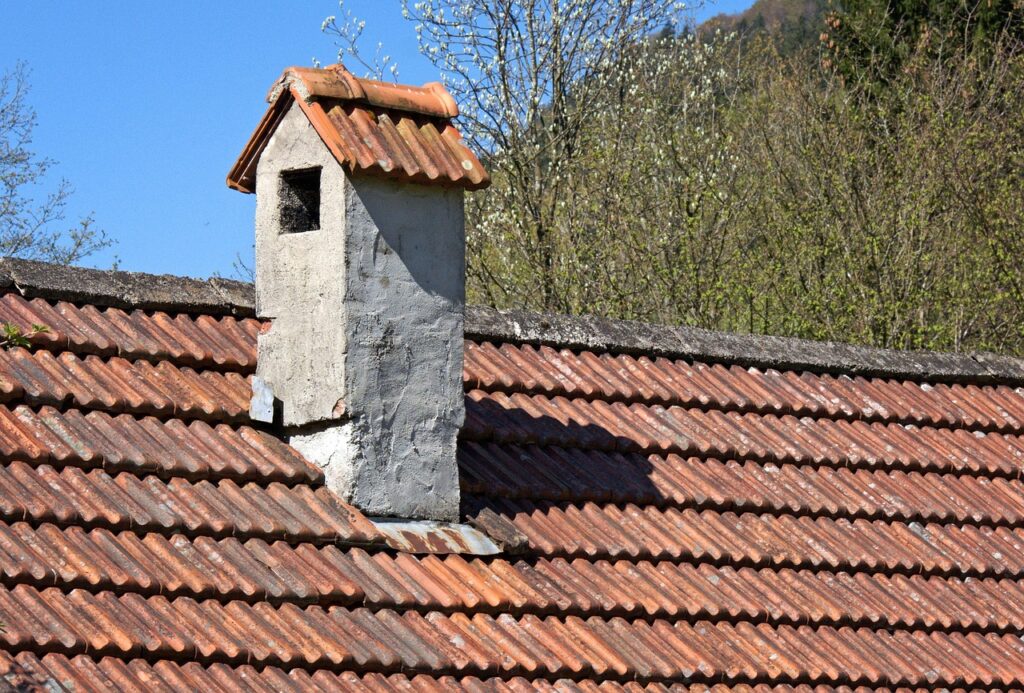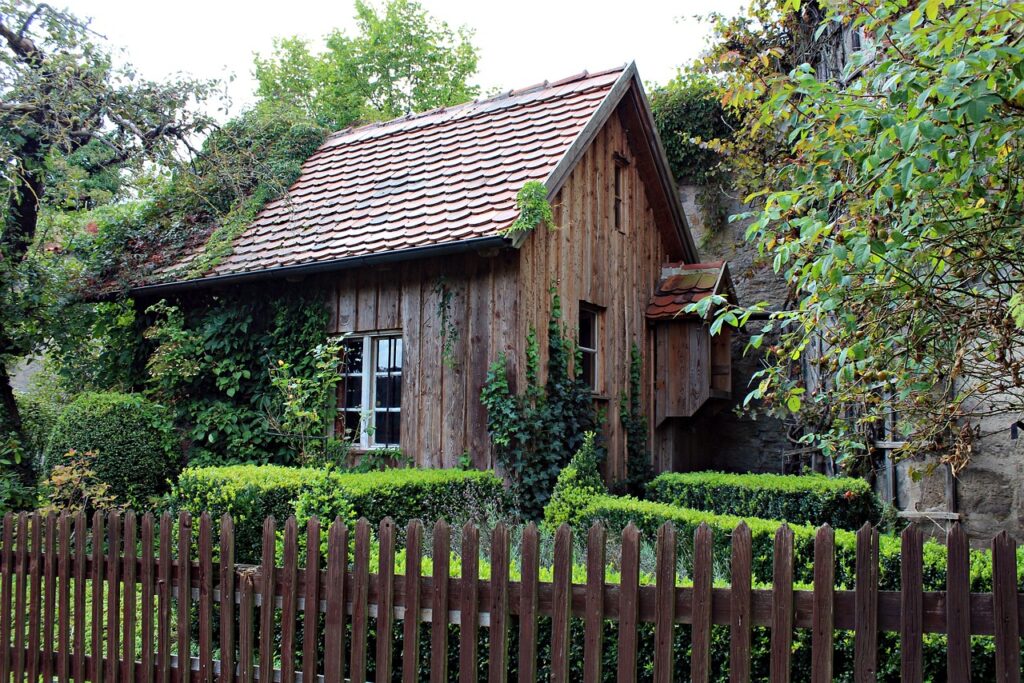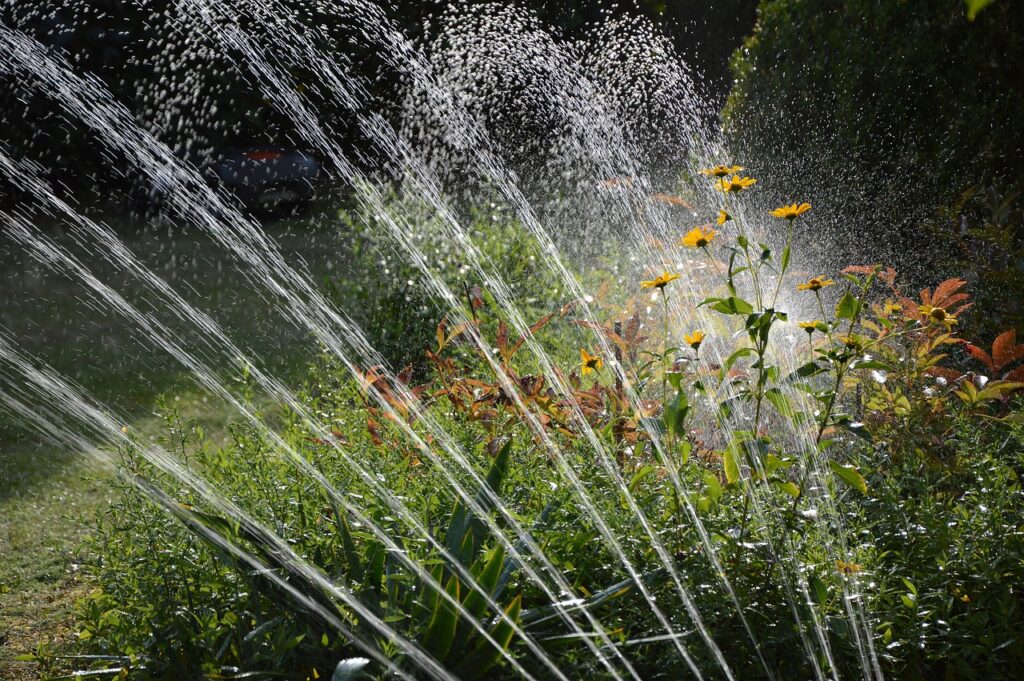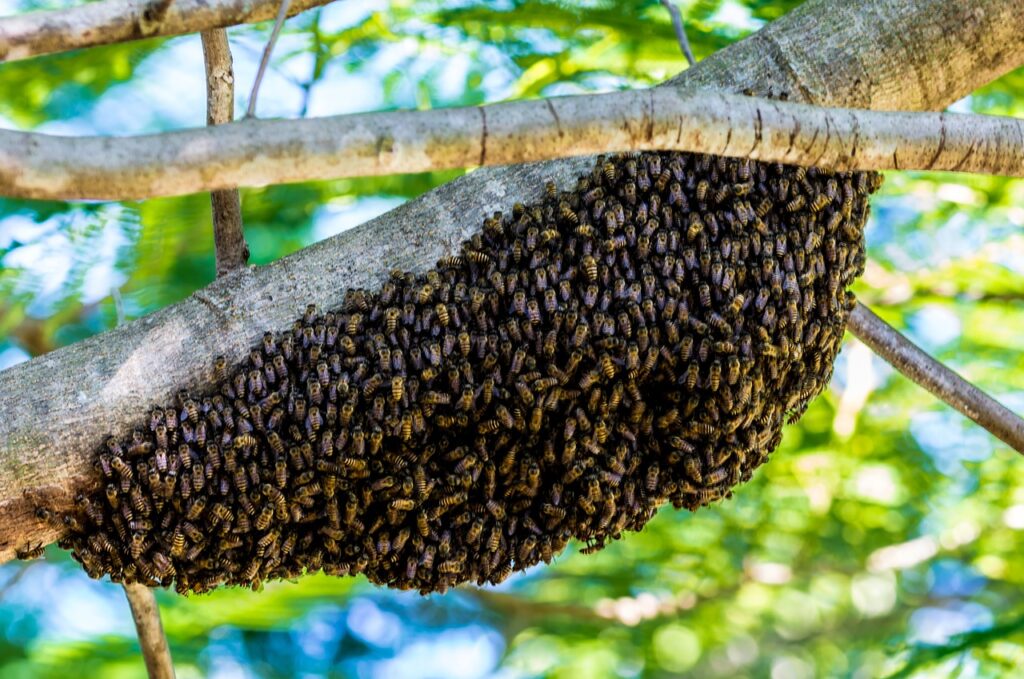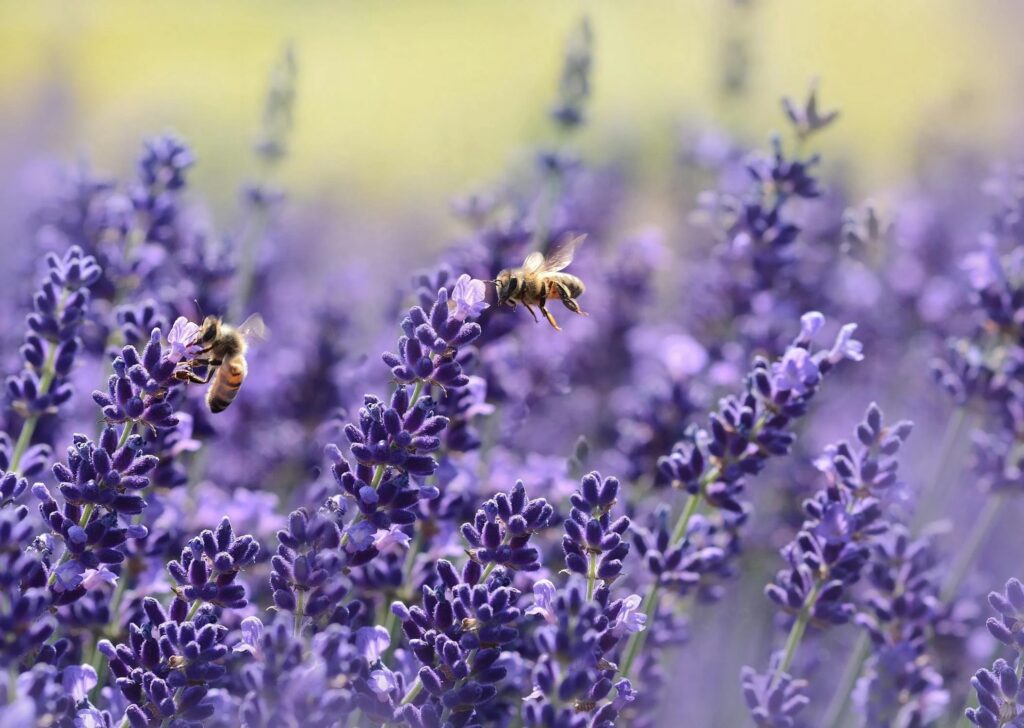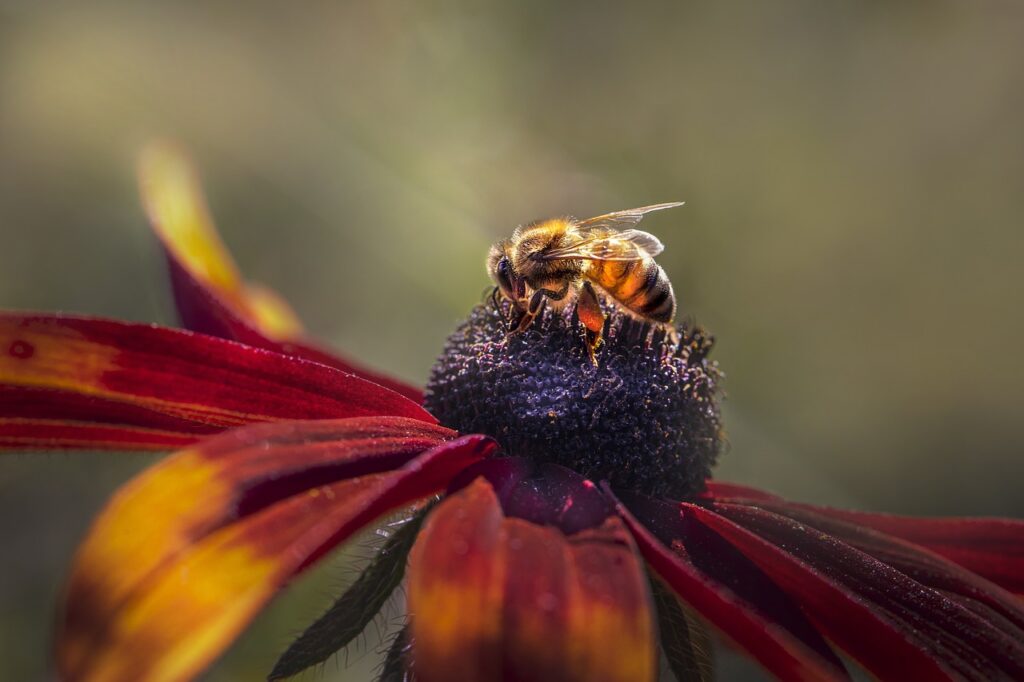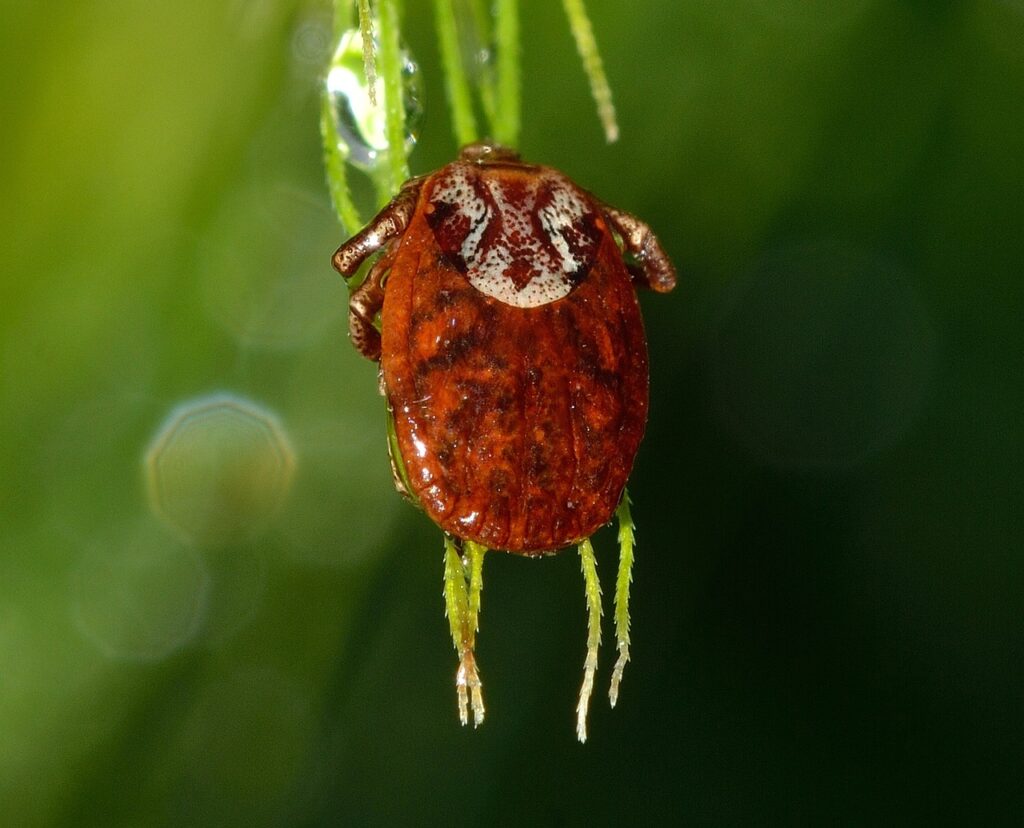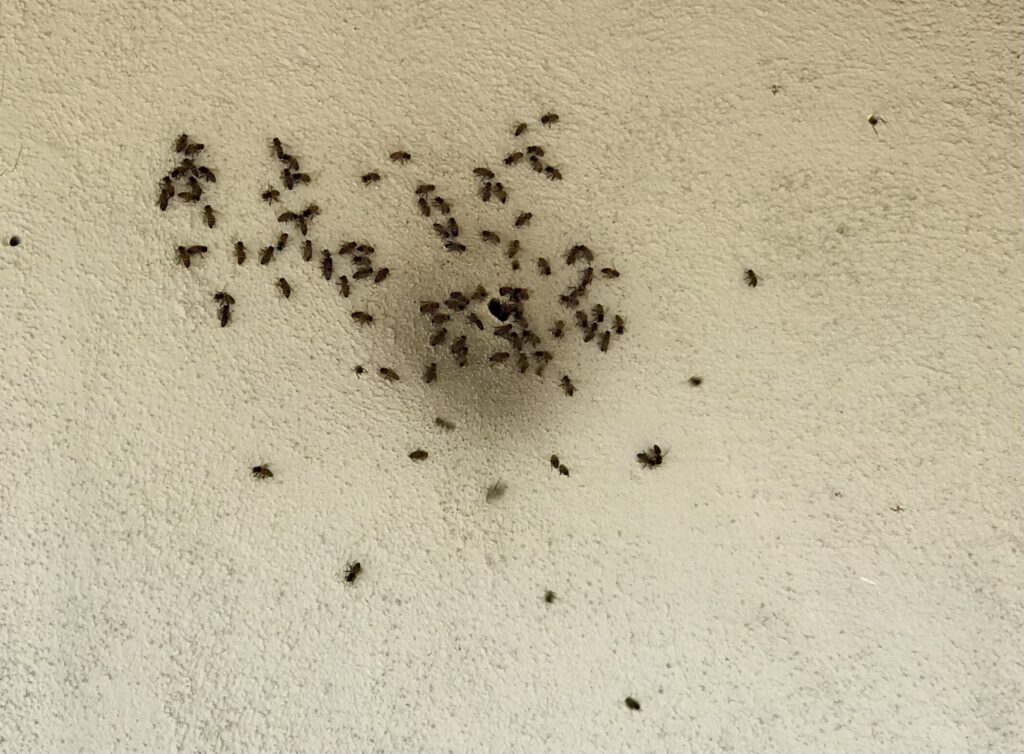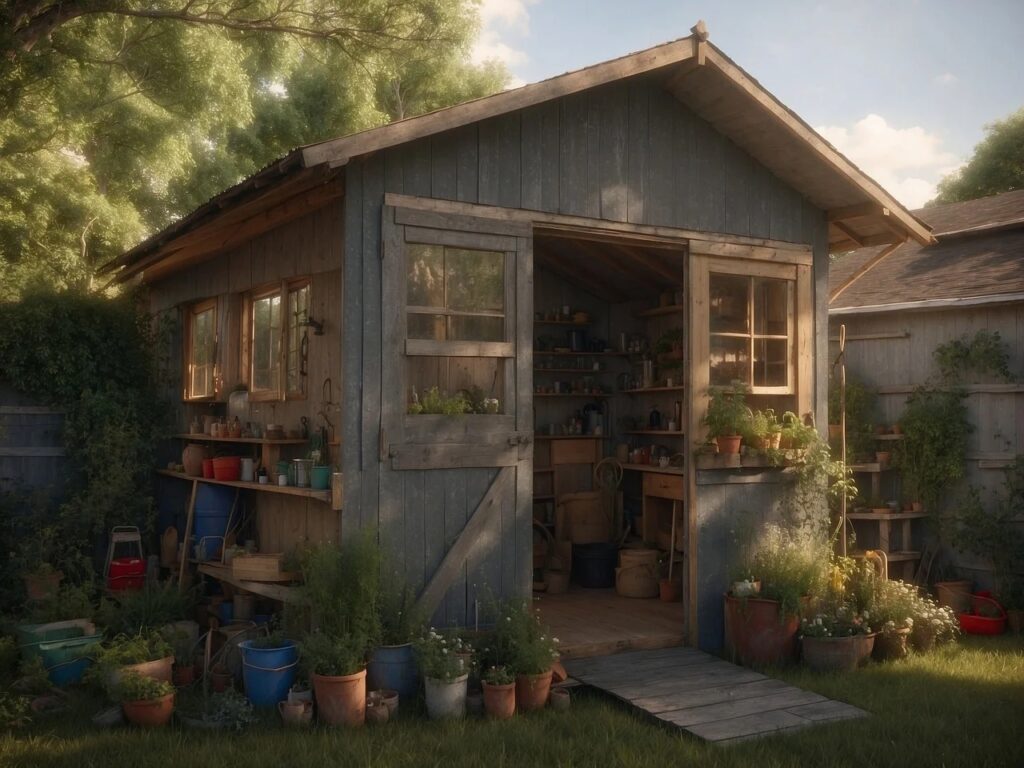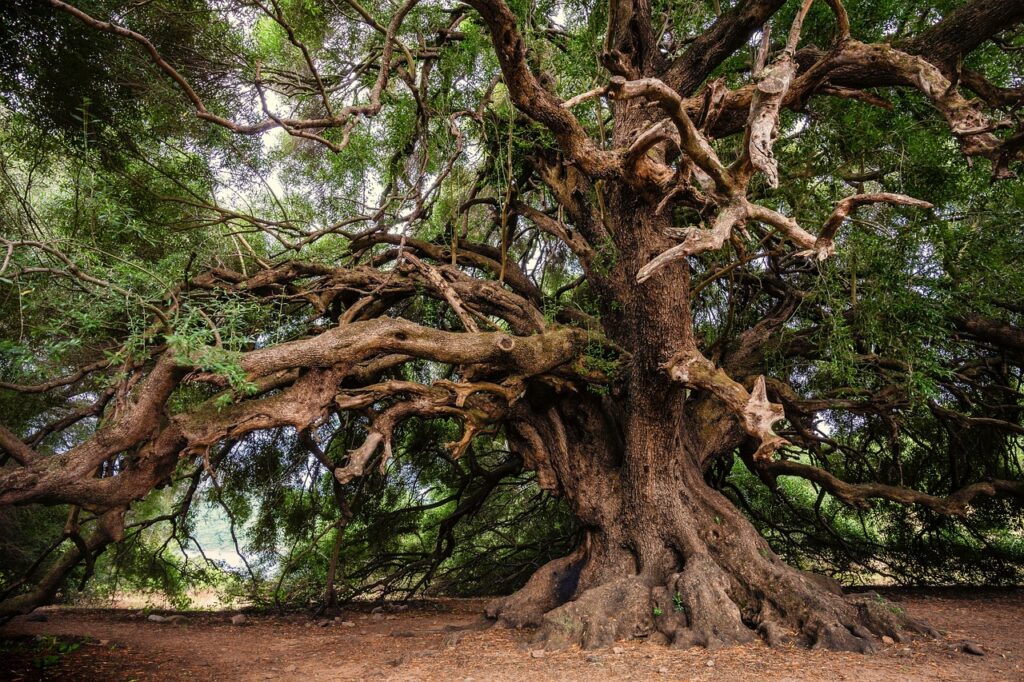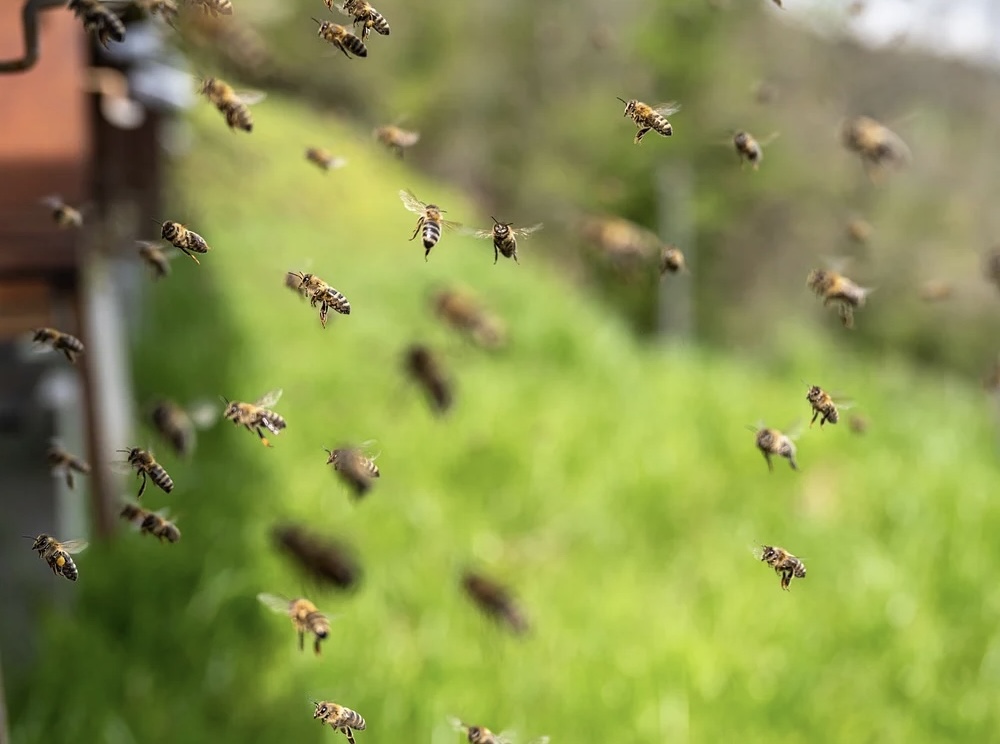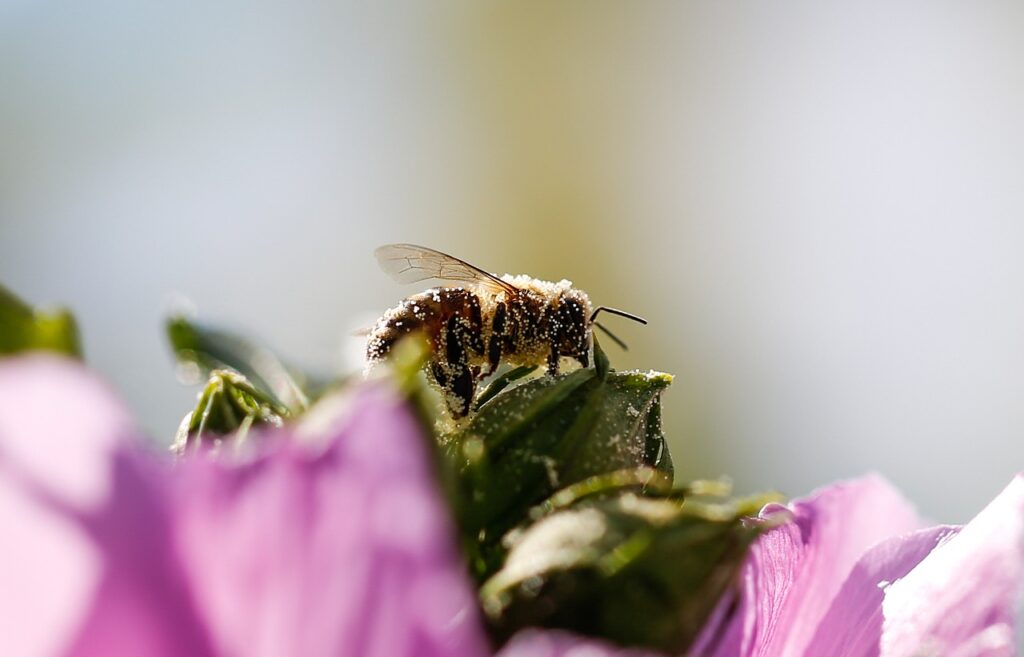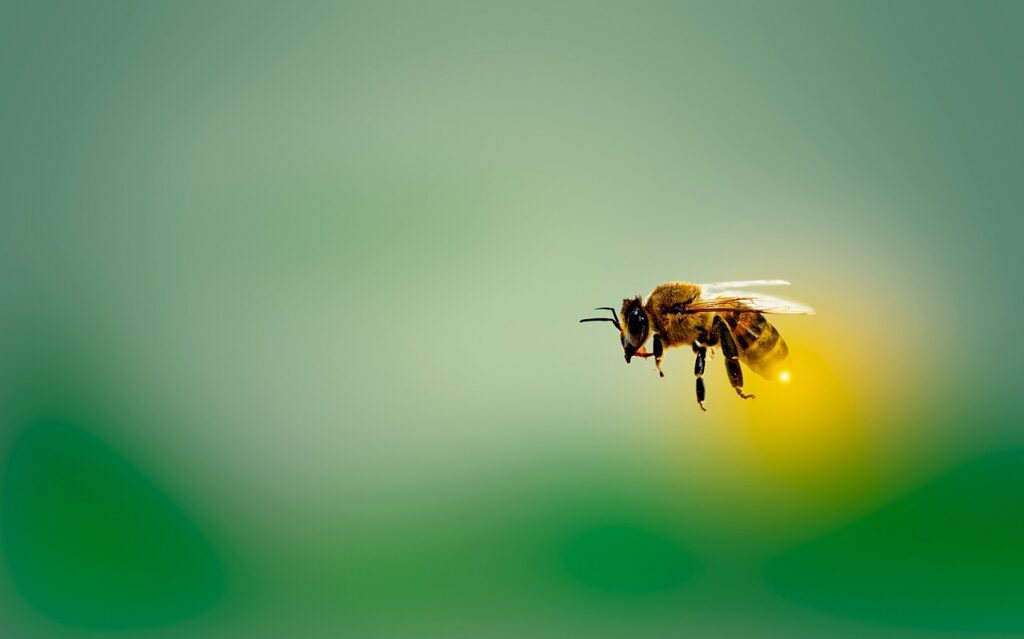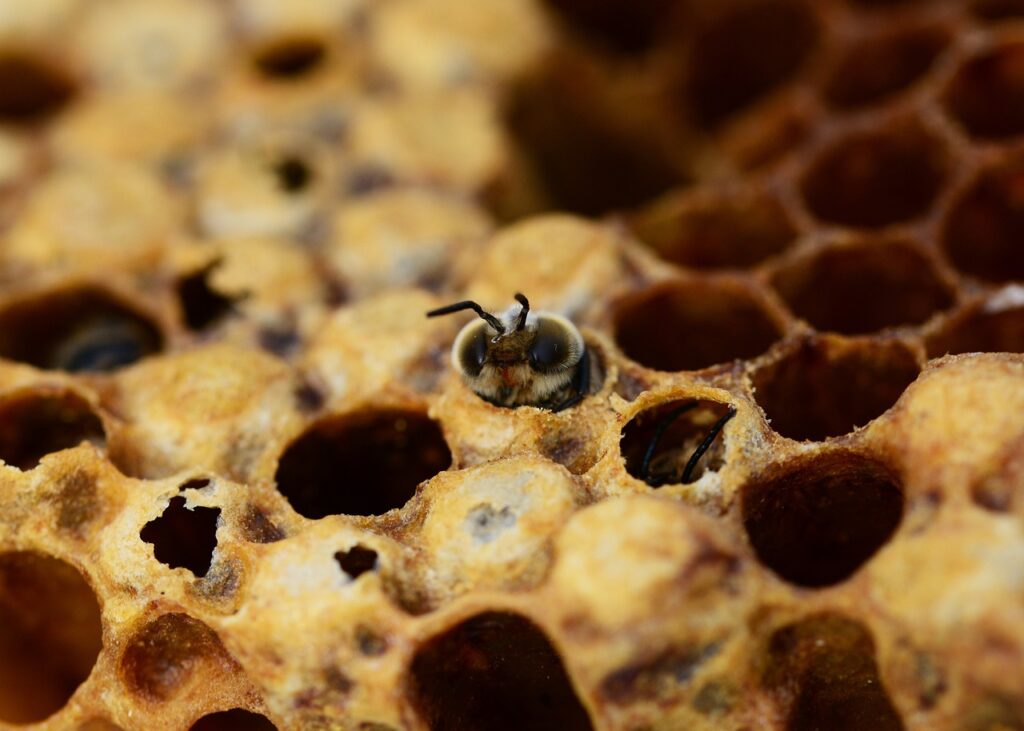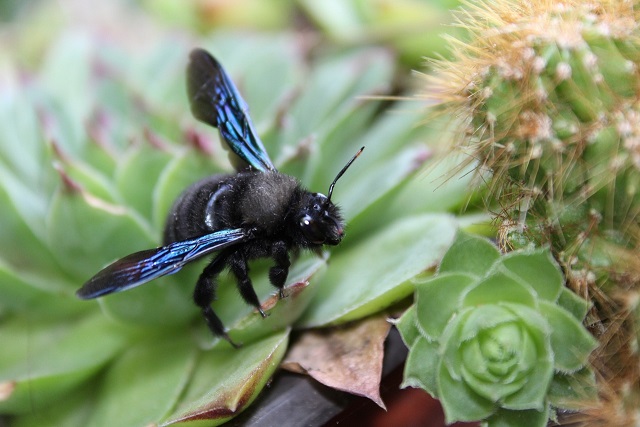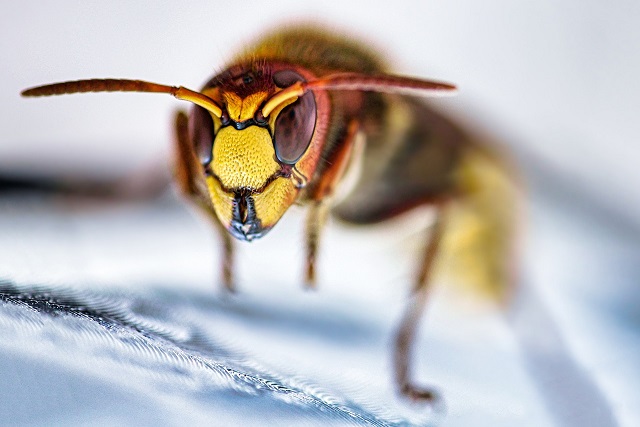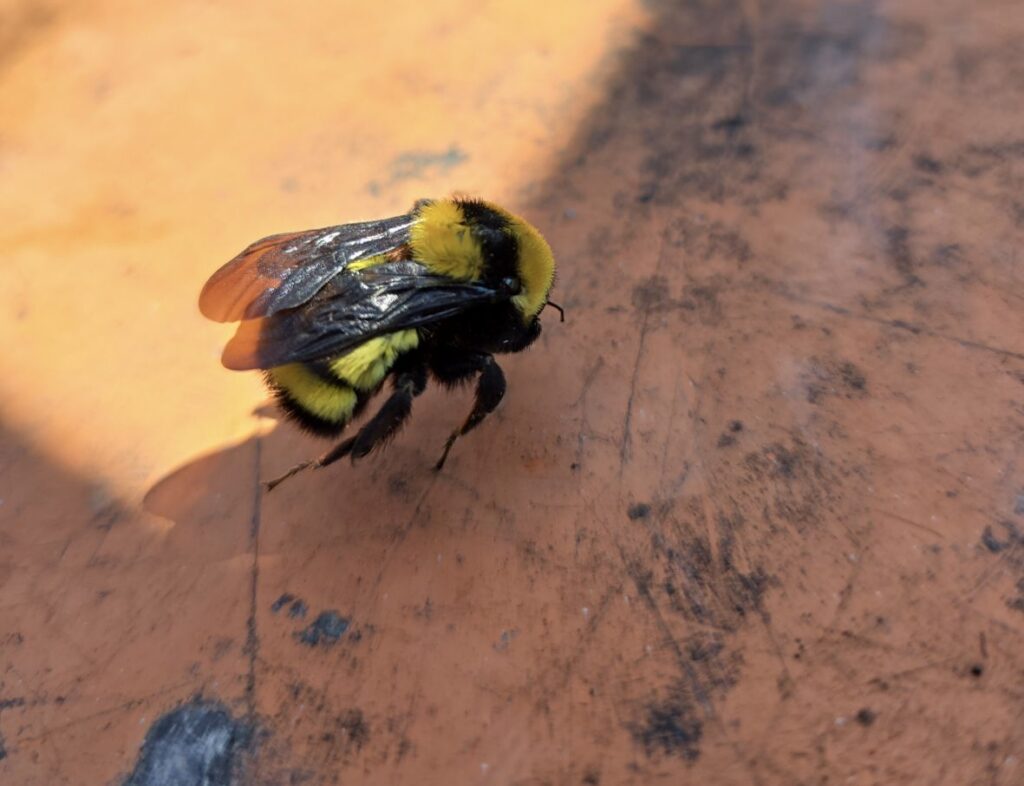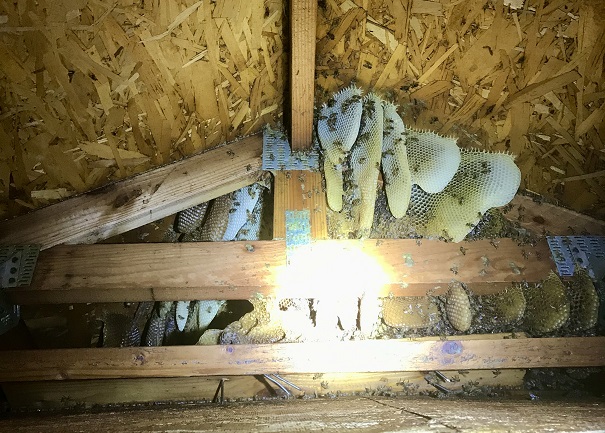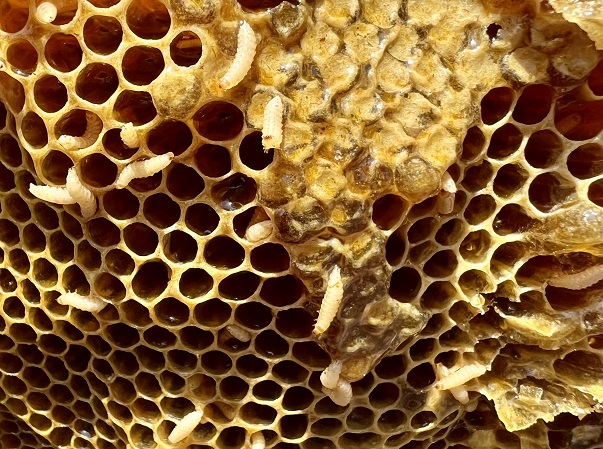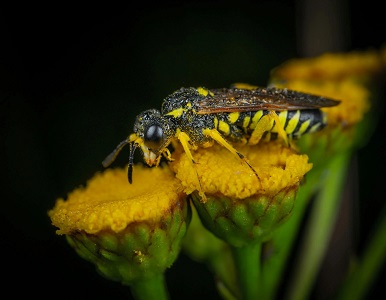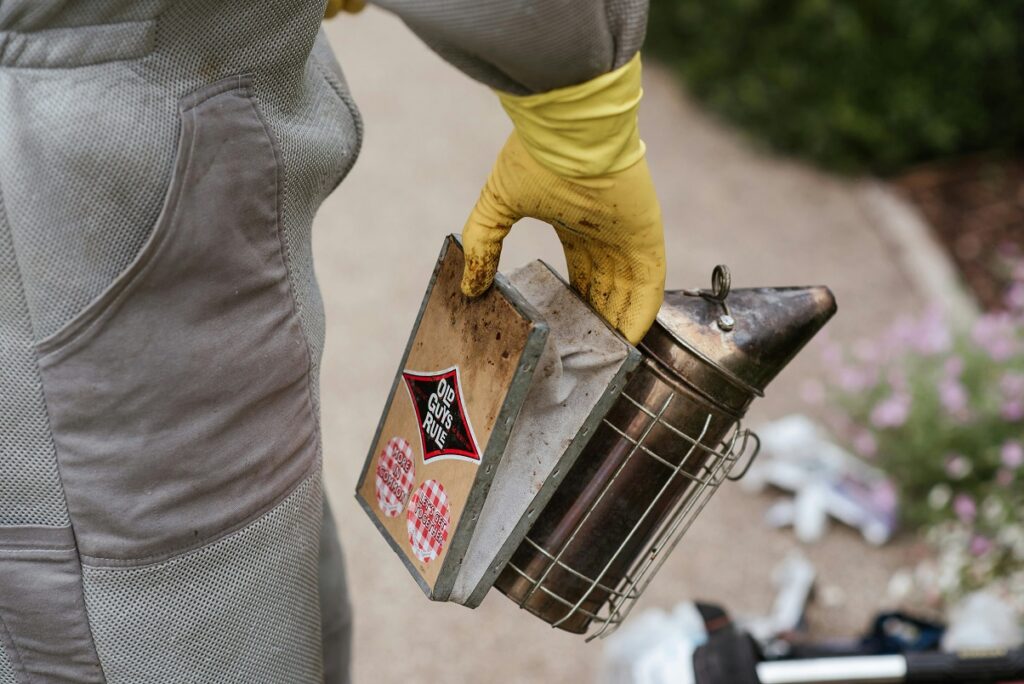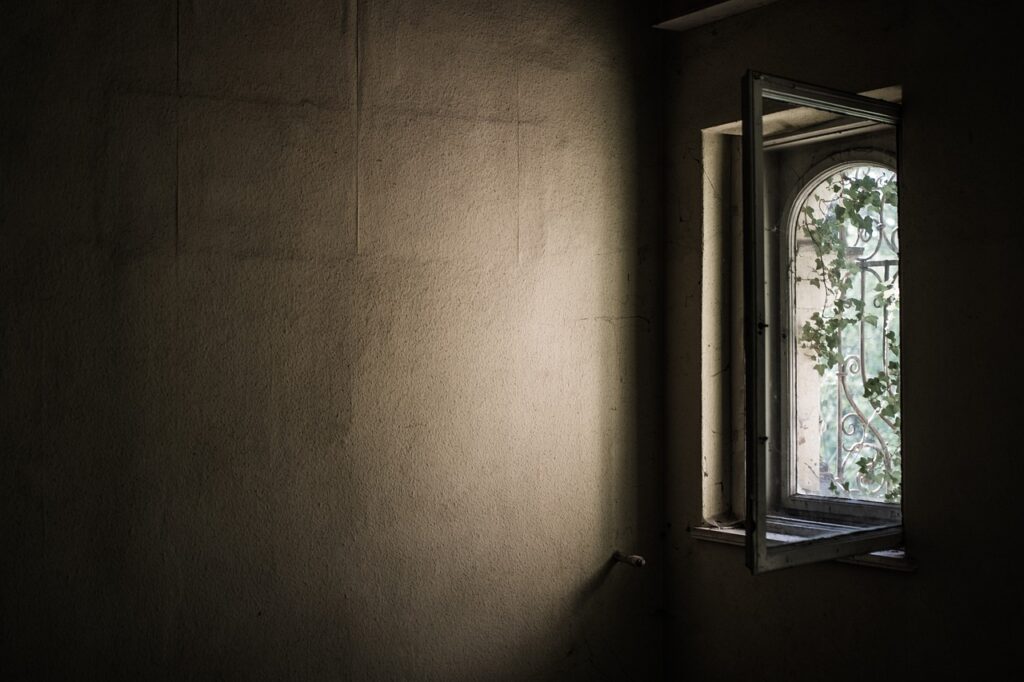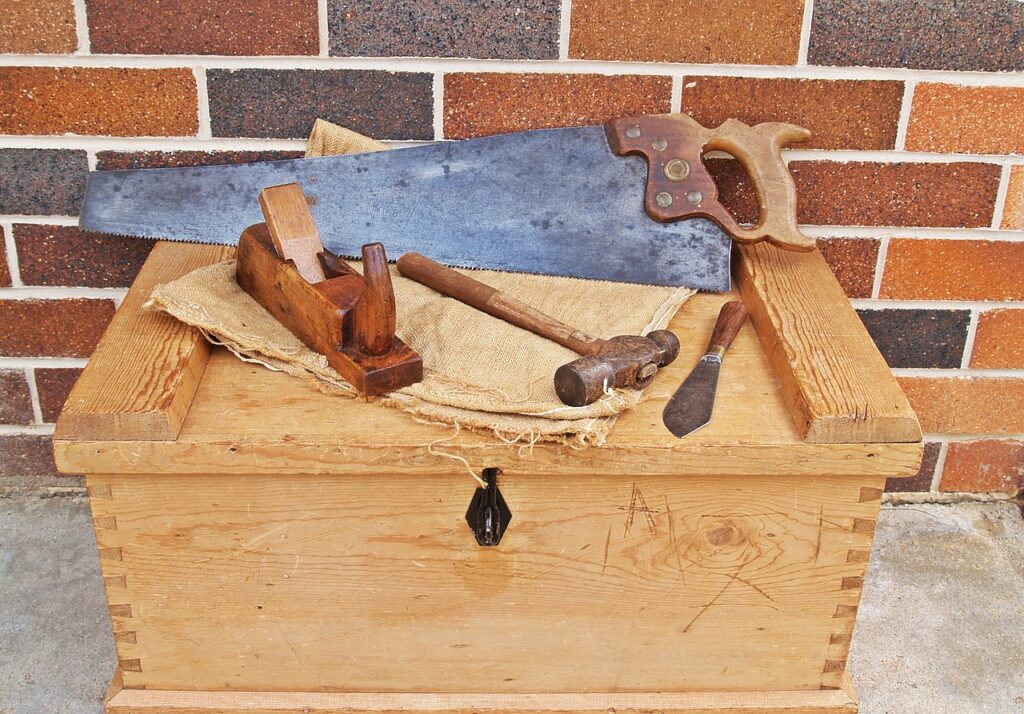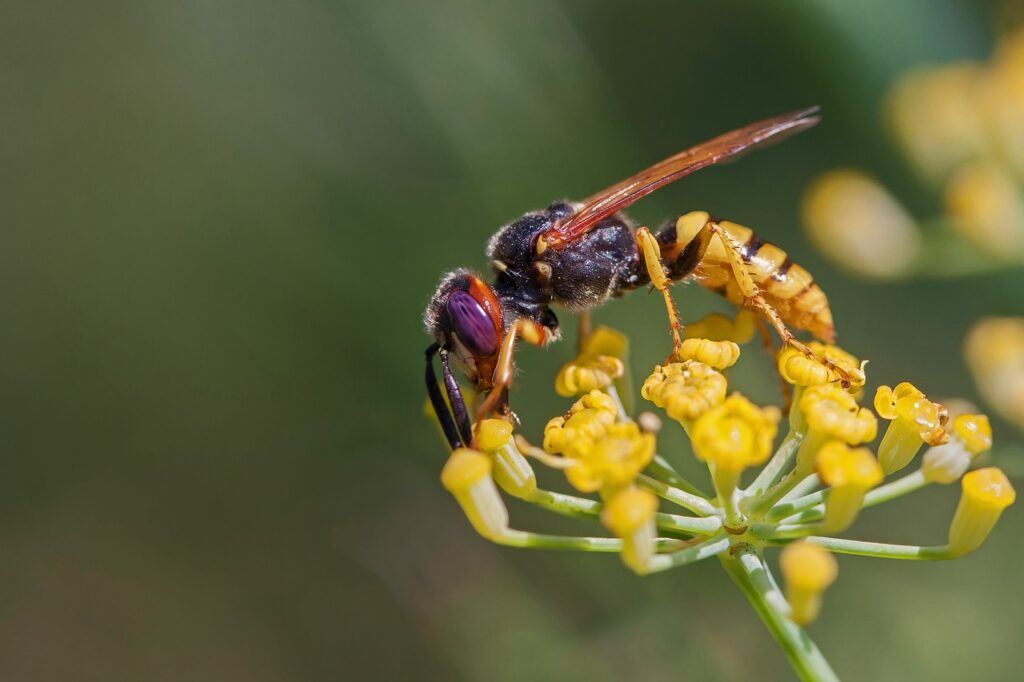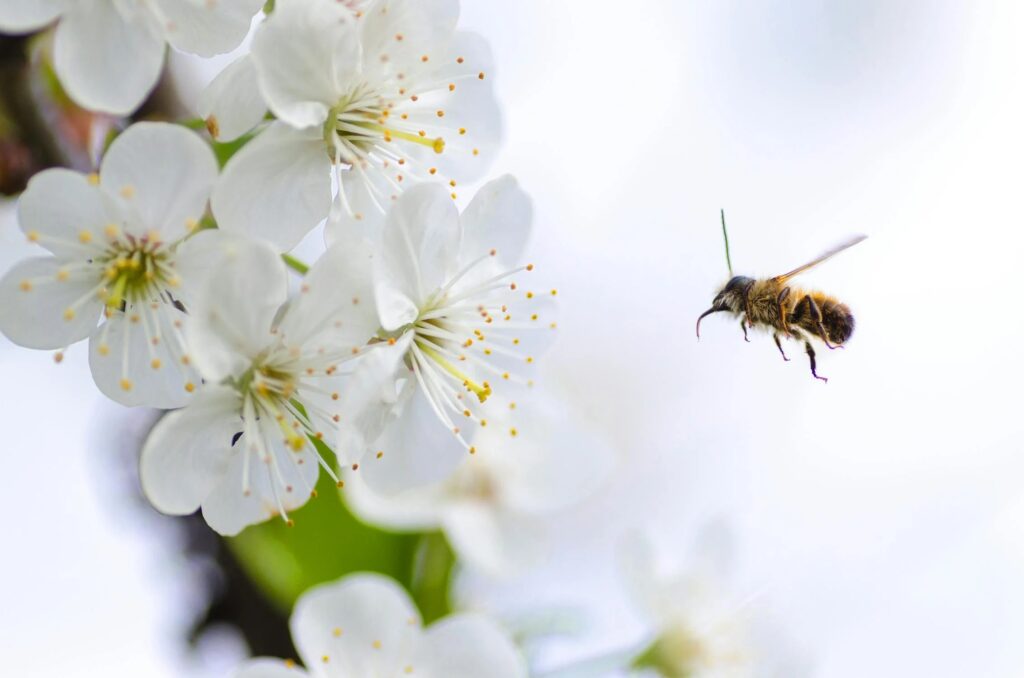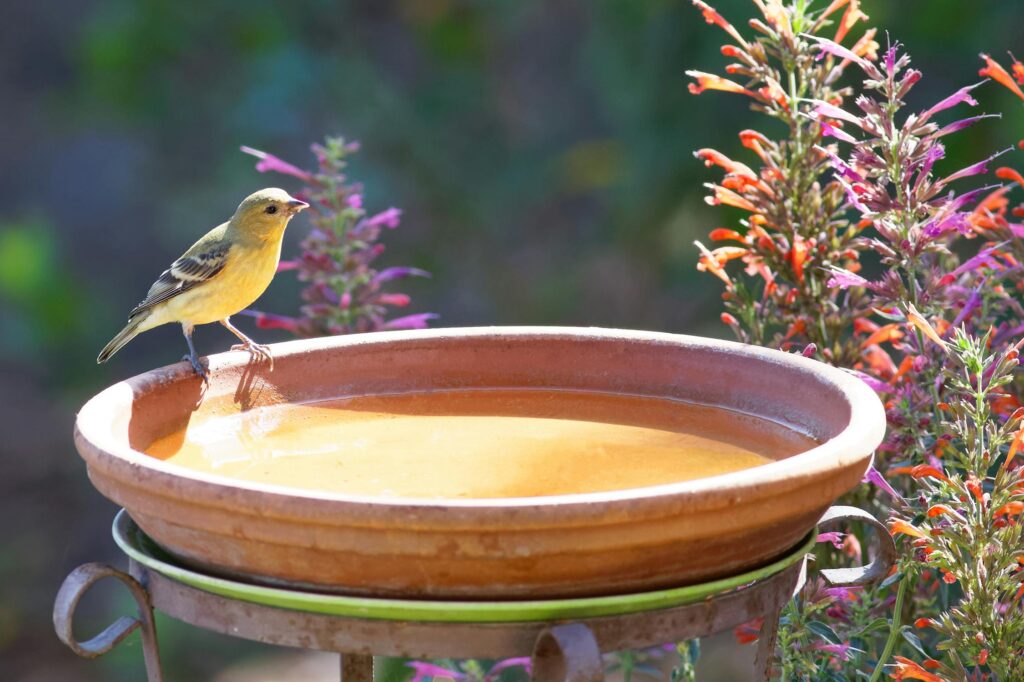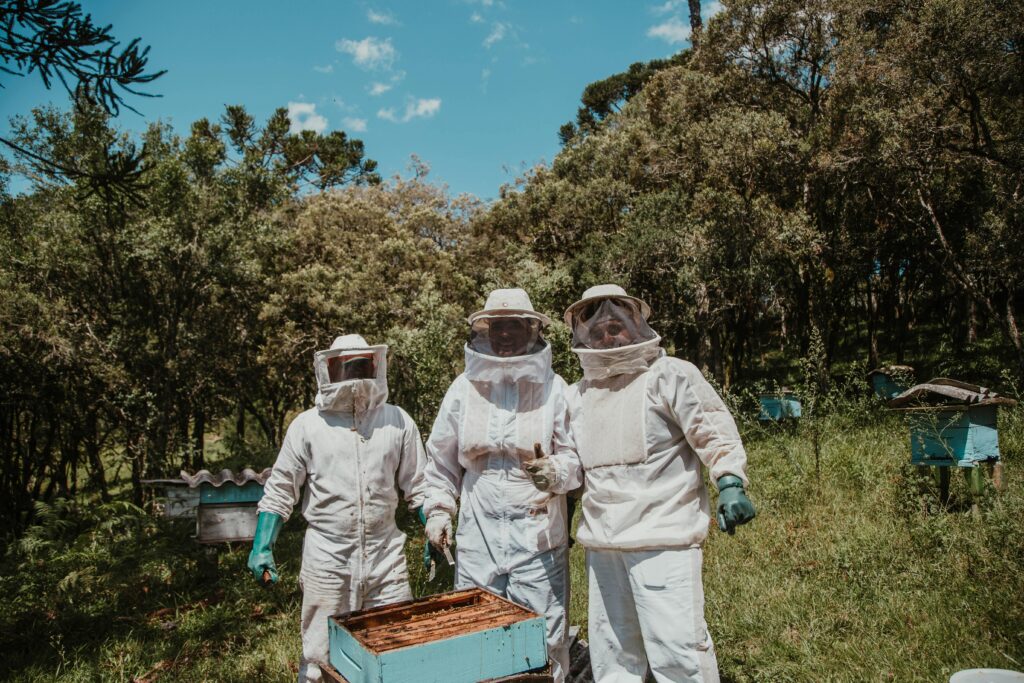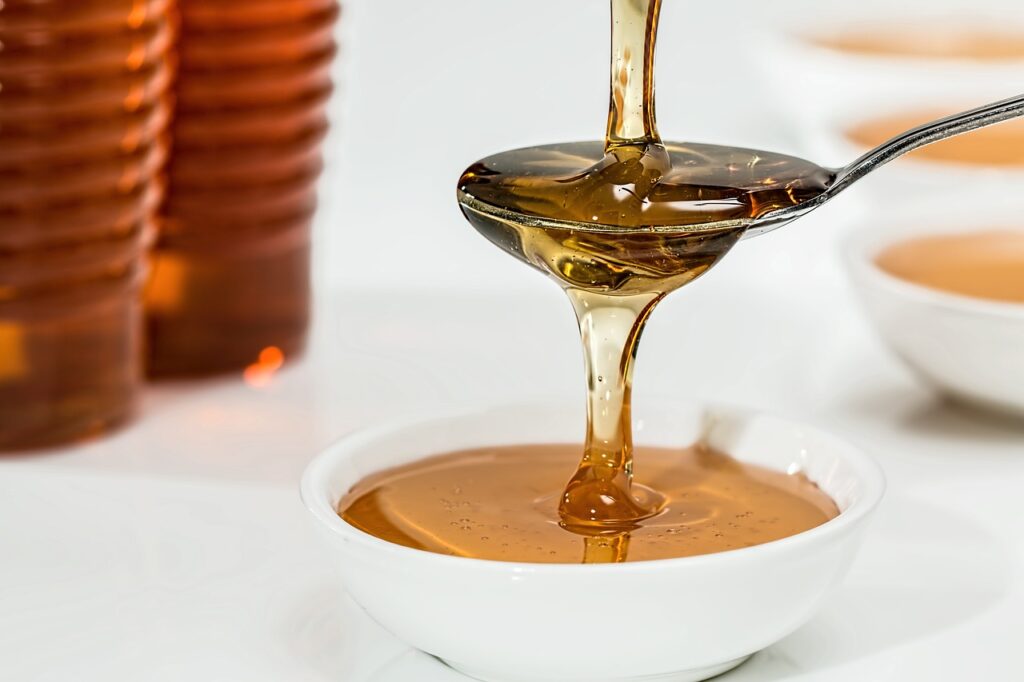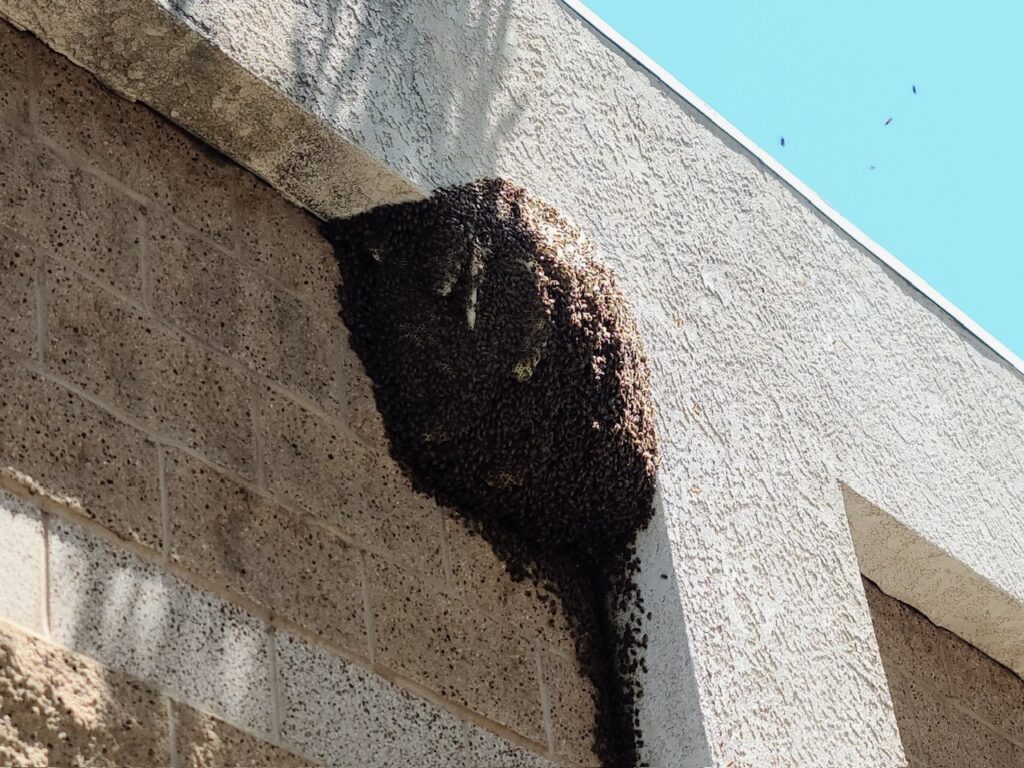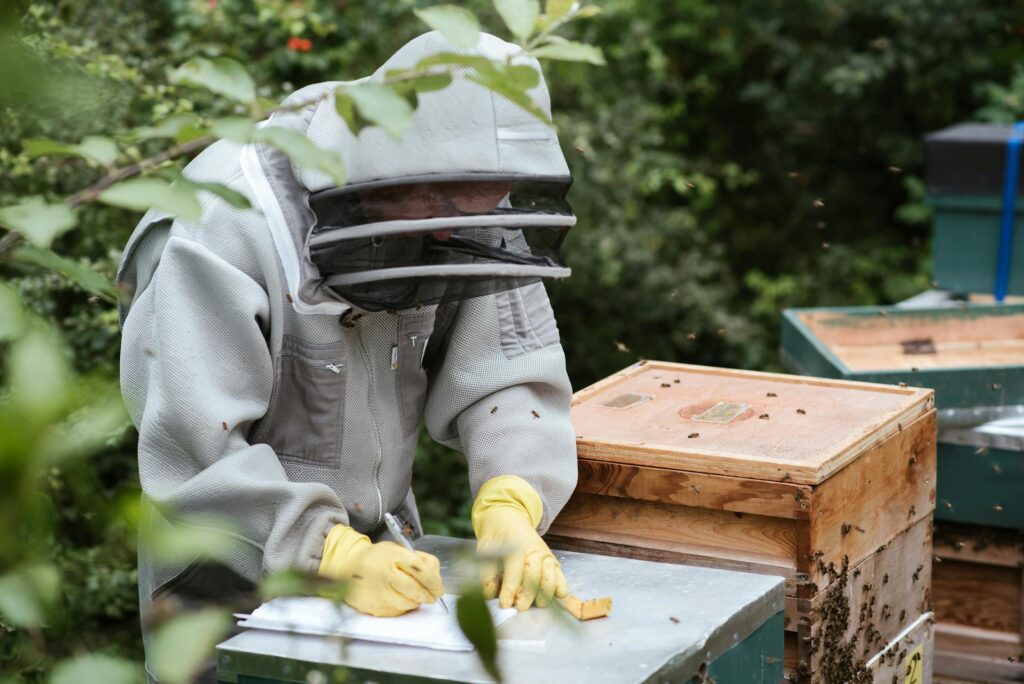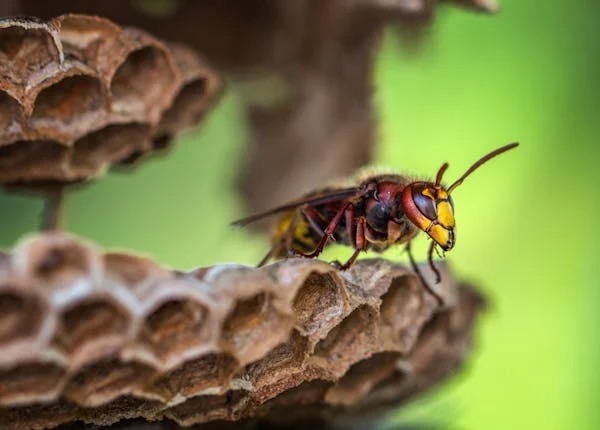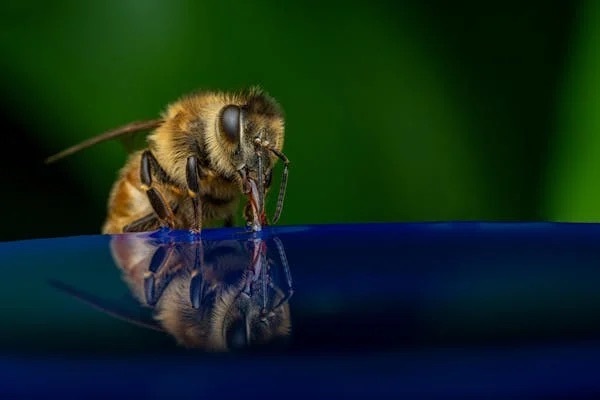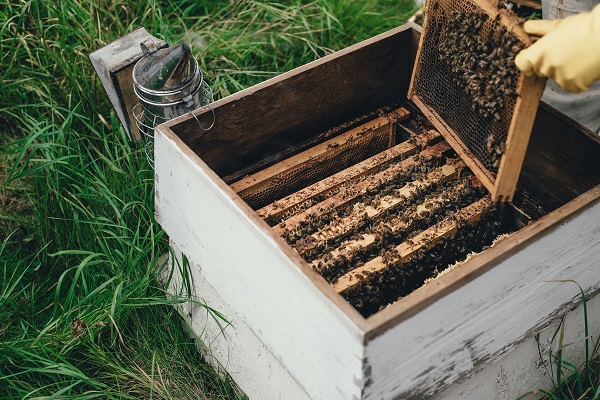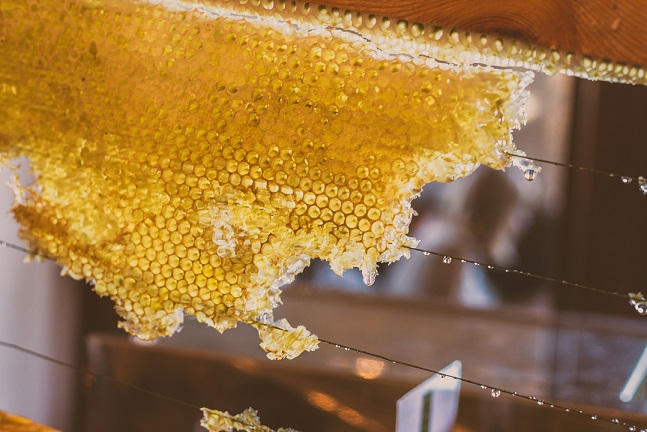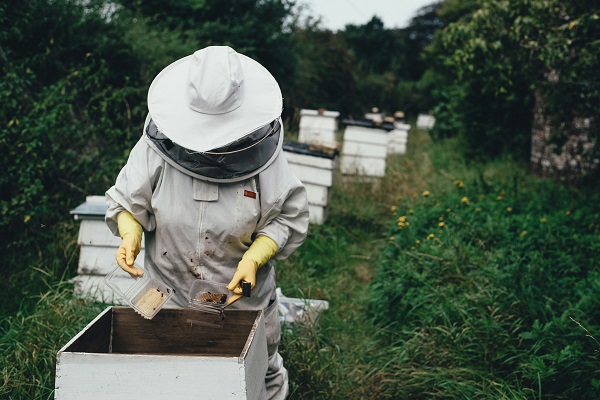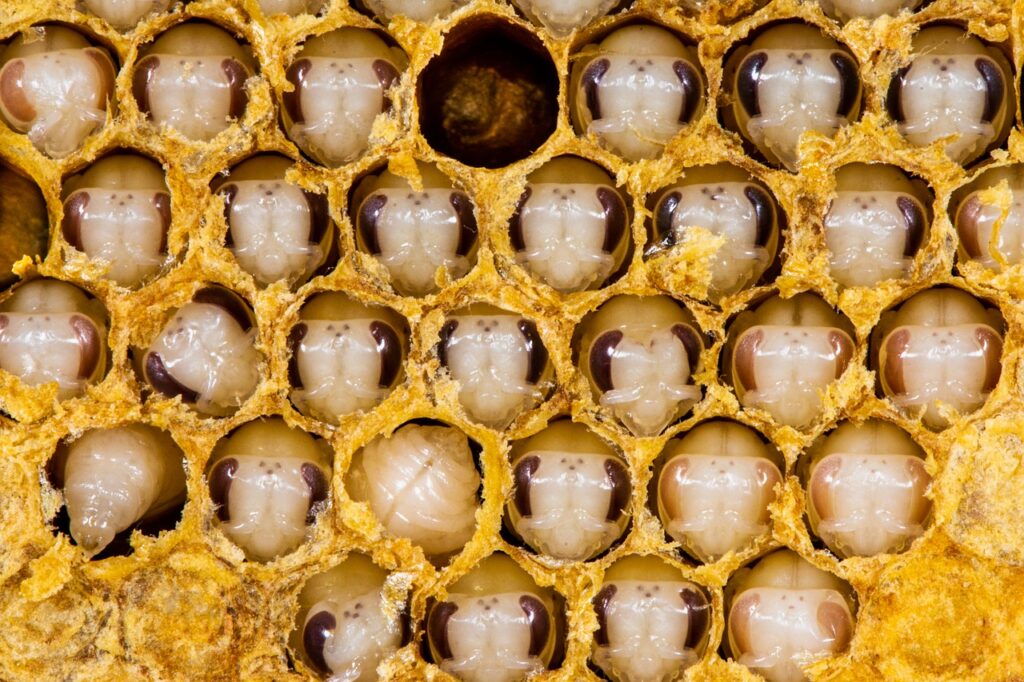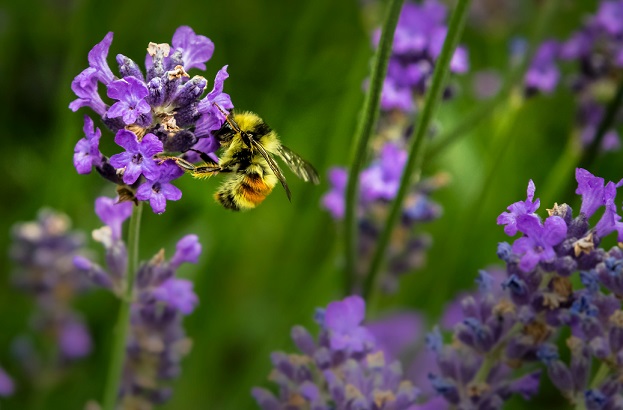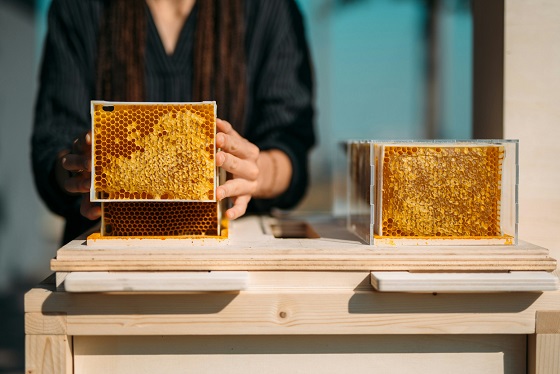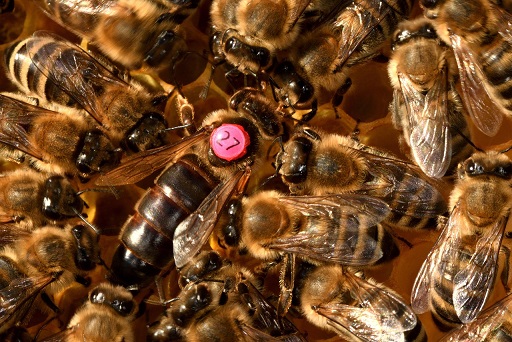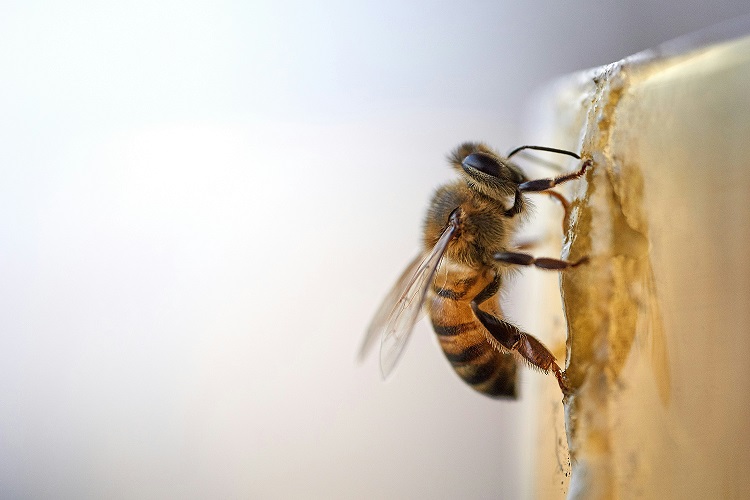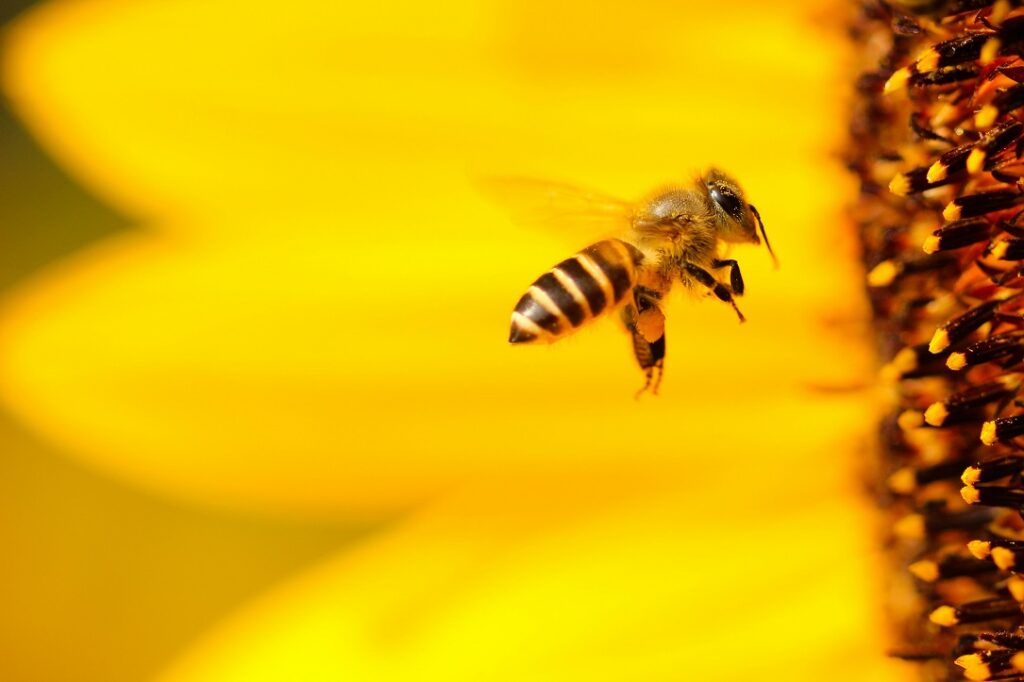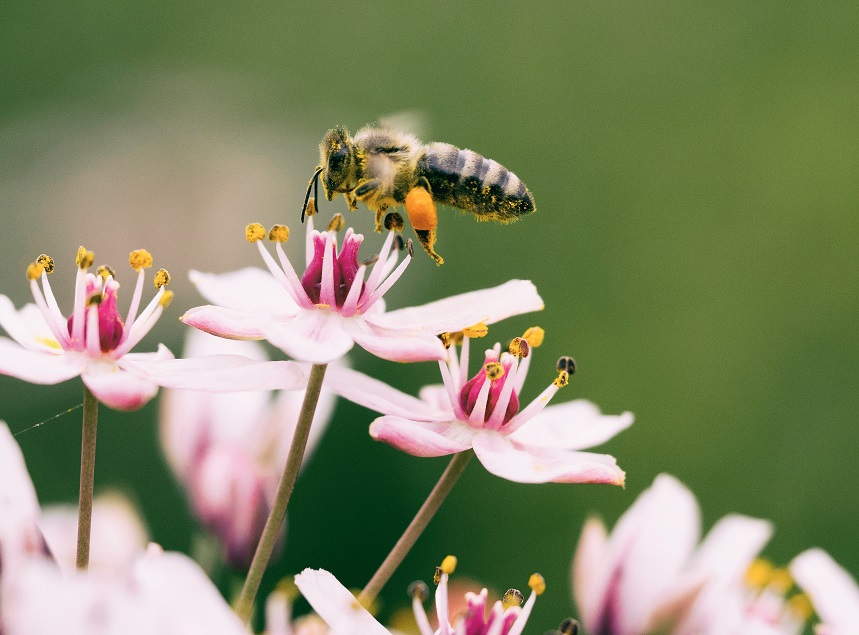Bee News
Scout bees
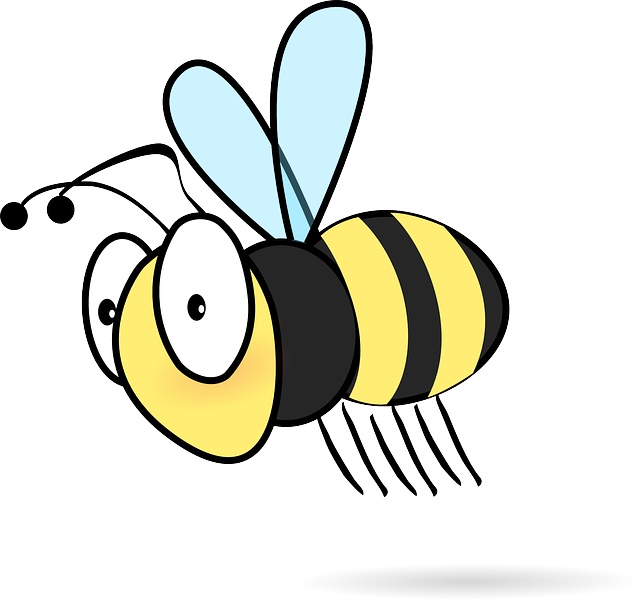


Bee scouts, the intrepid explorers of the bee world, play a vital role in the survival and success of a honey bee colony. These industrious bees are responsible for finding suitable locations to establish new hives, a process known as swarming. Bee scouts exhibit impressive scouting behaviors as they search for potential nesting sites, considering factors such as size, accessibility, protection, and resources. From the eaves of roofs to tree trunks, bee scouts meticulously evaluate a variety of locations to ensure the future prosperity of their colony.
One common location where bee scouts may choose to establish a new hive is the eaves of a roof. The overhang provided by roof eaves offers protection from the elements and predators, making it an appealing site for bees to build their nest. The sheltered space and proximity to potential food sources, such as flowers and gardens, make roof eaves an attractive option for bee scouts seeking a secure location for their colony.
Holes in walls are another favorite spot for bee scouts to consider when searching for suitable nesting sites. Small openings or crevices in walls provide bees with a secluded and well-protected area to build their hive. The narrow entrance of a hole in a wall helps defend the colony against intruders and maintains a stable internal environment for the bees to thrive.
Exhaust vents, commonly found on buildings and structures, are also potential targets for bee scouts on the lookout for new nesting sites. The warm air and slight vibrations emitted from exhaust vents can attract bees seeking a cozy and secure location to establish their hive. The continuous airflow through the vent can help regulate the temperature inside the hive, creating a conducive environment for the bees to raise their brood and store food.
Chimneys are another popular choice for bee scouts scouting for potential nesting sites. The vertical structure of a chimney provides bees with a natural cavity to build their hive, offering protection from the elements and predators. The narrow opening of a chimney flue helps restrict access to the hive, enhancing the security of the colony.
Irrigation boxes, commonly found in gardens and landscapes, are also on the radar of bee scouts searching for suitable locations to establish a hive. The enclosed space and proximity to water sources in irrigation boxes make them attractive nesting sites for bees. The waterproof construction of these boxes helps protect the hive from moisture and ensure a stable living environment for the bees.
Shed openings and tree trunks are additional locations that bee scouts may consider when scouting for potential nesting sites. The secluded and sheltered nature of shed openings offers bees a safe haven to build their hive away from potential threats. Tree trunks provide bees with a natural cavity to establish their colony, allowing them to thrive in a familiar and secure environment.
Bee scouts exhibit remarkable scouting behaviors as they search for suitable locations to establish new hives. Whether exploring the eaves of roofs, holes in walls, exhaust vents, chimneys, irrigation boxes, shed openings, or tree trunks, bee scouts demonstrate keen instincts and strategic decision-making skills in selecting optimal nesting sites for their colony’s survival and prosperity.
